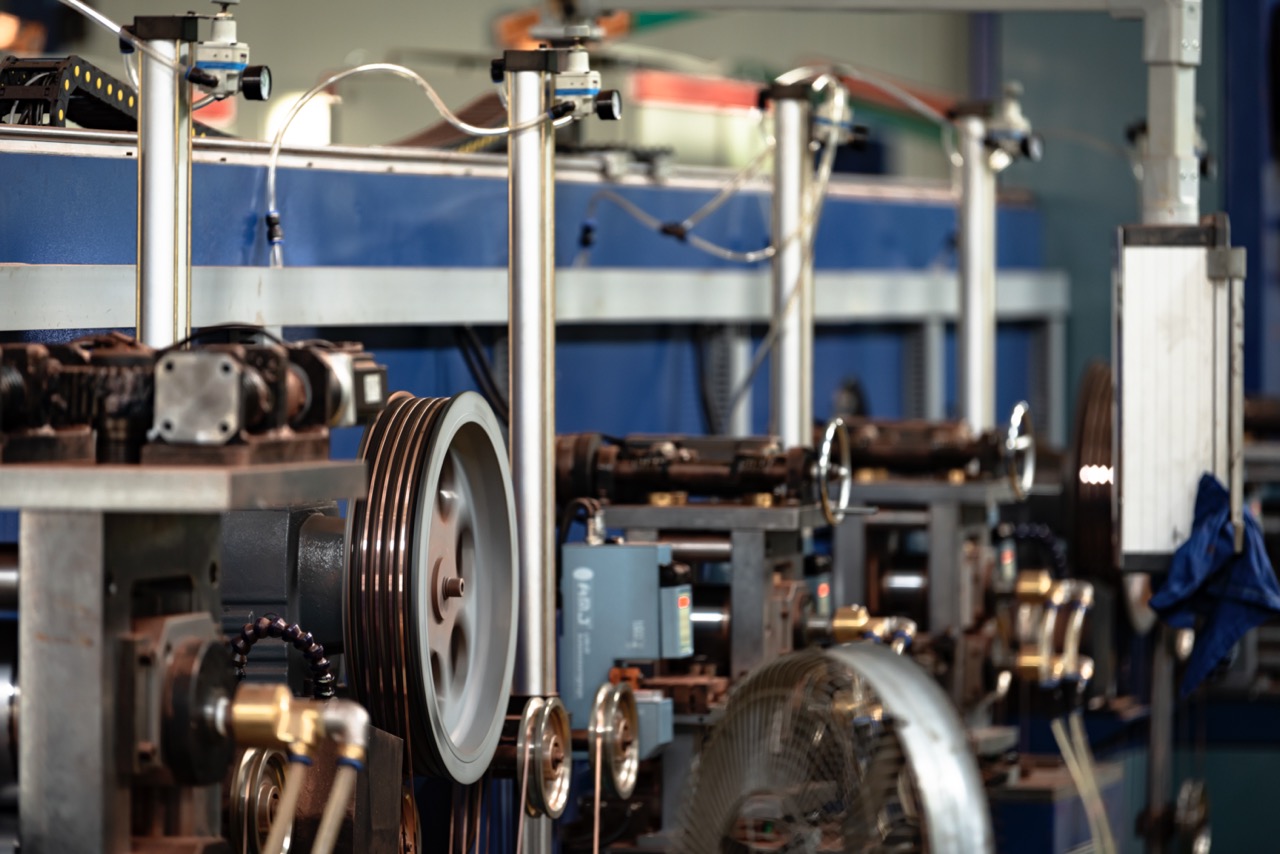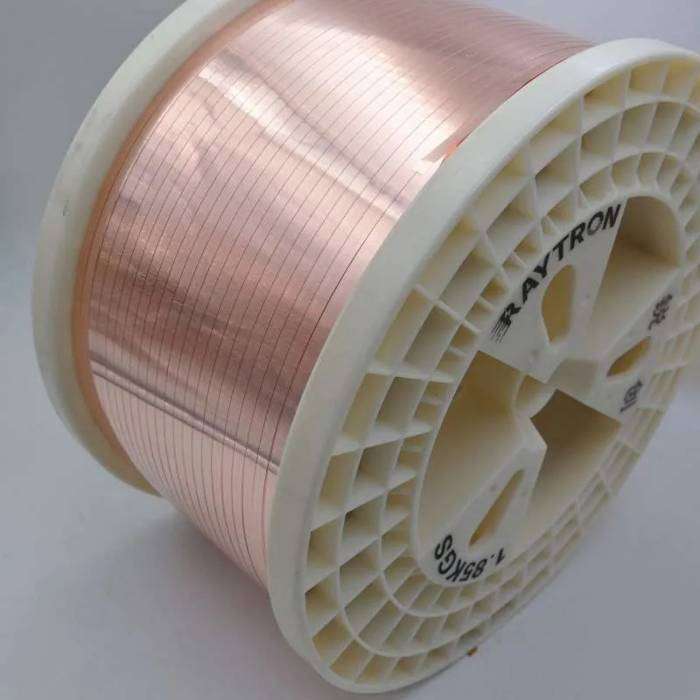Nickel is commonly used as a lithium ionBattery TabNickel is often used in battery packs because it has a sufficient combination of conductivity, weldability, strength, plasticity, and corrosion resistance. But as the number of individual cells in a battery pack increases, one problem with nickel is heat generation (especially on the busbars), which reduces the efficiency of the battery and poses a risk of overheating.
Nickel's limited thermal and electrical conductivity leads to some unfavorable consequences. First, high amperes contribute to Joule heating on the busbars and cause the battery temperature to rise, which is detrimental to the performance and life of the battery.
The performance and life of the battery are compromised. Second, the impedance of the connector material is higher, resulting in more IR drop, so the voltage in the battery is significantly reduced. Third, hot spots will occur due to insufficient thermal conductivity and poor thermal diffusion. Cladding metal connectors have electrical and thermal conductivity advantages to solve these problems and will be characterized below.

Characterization includes measurements of conductivity, tensile properties, and formability. These measurements follow ASTM standards. Further characterization includes atmospheric corrosion testing, solderability testing, and welding tests. Corrosion testing is performed by exposure to a corrosion immersion in ASTM 2570 water, followed by exposure for 16 hours in a condensing humidity chamber (100% relative humidity, 37.7°C), followed by drying for 8 hours.
ASTM D2570 water is composed of 148 mg sodium sulfate, 165 mg sodium chloride, and 138 mg sodium bicarbonate; dissolved in 1 liter of distilled or deionized water. 60 cycles of testing were completed. Welding Simulation Welding simulations were performed on selected cladding material systems using a 300ADP (Advanced Double Pulse) power source at Amada Miyachi.
The welding technique includes the introduction of anti-diverter grooves and/or weld protrusions on the cladding strip and the use of a step welding process when required.

